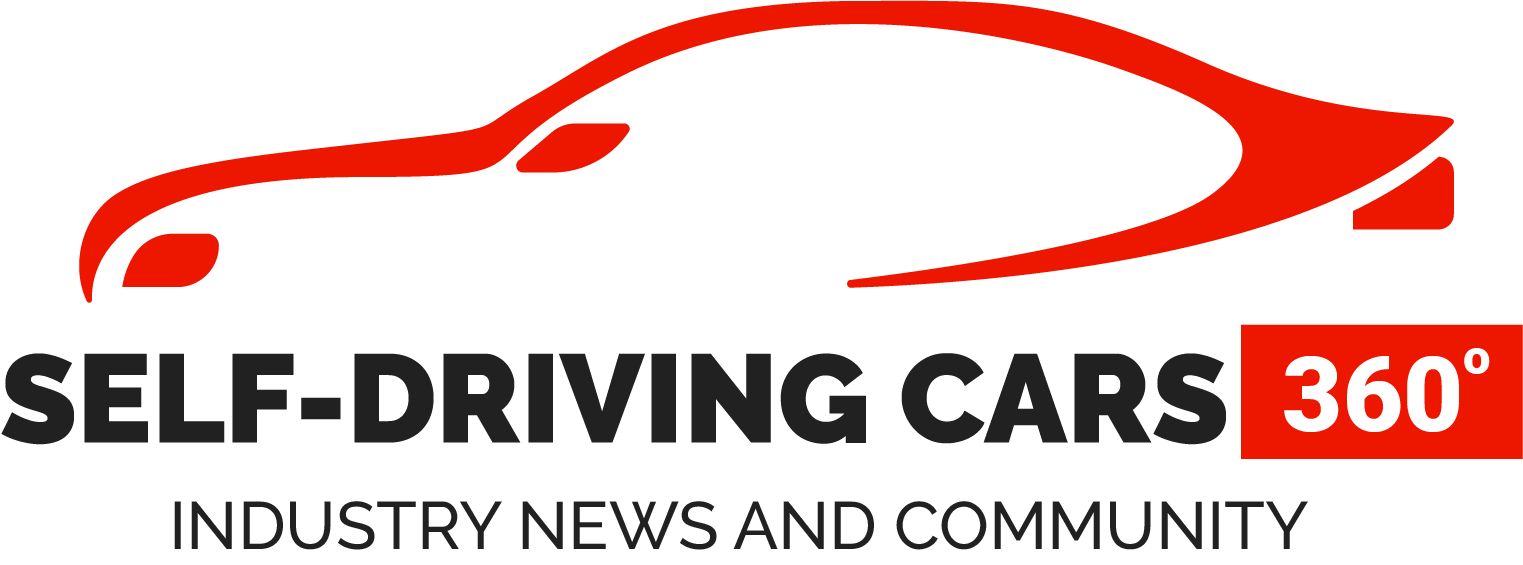Years ago, I remember being impressed that Hyundai and Kia were about the only brands offering Bluetooth as standard at a time when even premium brands were using it as an upsell. They were ahead of the curve in recognizing the hands-free phone system was a safety feature, not a frill.
Brian Latouf, Chief Safety Officer for Hyundai Motor North America, explained it’s called, “driving down the product”, and Hyundai has continued to use it to bring advanced features to even their entry-level vehicles.
“Presently, 96 per cent of our U.S. lineup can be outfitted with our most advanced safety features,” says Latouf. (Specifically, Hyundai’s SmartSense, a suite of features that includes forward-collision avoidance assist, blind-spot warning, adaptive cruise control, lane-keeping assist, rear cross traffic warning, and many others.) A special agreement with NHTSA and OEMs to make emergency braking mandatory in the U.S. by 2022 sped up the process. Canada is lagging behind, but hopefully all manufacturers will be proactive in bringing Canada to the same standards.
The recently debuted Venue, for instance, a subcompact crossover SUV, may start its pricing at $17,099, but it’s great to see as standard forward-collision warning, pedestrian detection, automatic emergency braking, lane-keep assist, lane departure, and driver-attention monitor. The Toyota RAV4, by comparison, has a terrific suite of standard safety features but starts about $10,000 higher.
We need more of this in the industry; advanced safety features need to be included in base-priced vehicles more often, and not just on the premium brands. Hyundai has ten vehicles, including that Venue, awarded the Insurance Institute for Highway Safety (IIHS) Top Safety Pick or Top Safety Pick+, leading the field tied with Subaru. The Hyundai model lineup is deep. It’s encouraging to see vehicles that are accessible to so many be at the forefront of safety ratings. Most top safety picks require the vehicle to be kitted out with specific headlights.

Following Tesla, Cadillac and more recently Nissan, Hyundai (and everyone else) is gearing up their ADAS (Advanced Driver Assistance System) entry into cautiously hands-free semi-autonomous mode. The tech is all similar: adaptive cruise control keeps the vehicle from plowing into the one ahead and maintains a steady speed and distance; sensors and cameras keeps it centered in its lane; and if you remove your hands from the wheel, the car will drive itself, though a signal will remind you, usually within a few seconds, to retake the wheel.
(I still don’t buy any argument to remove your hands from the wheel unless it’s a medical issue, but I’ve been called a Luddite before and don’t mind.)
While everyone is flirting with autonomy for the comfort and freedom that has been promised to drivers for years now, Latouf notes safety features work on a continuum. We’re at the point where a vehicle is operating on a before, during and after platform. They anticipate and head off collisions; employ multiple systems working together during a sudden or unavoidable event; and deliver a safer outcome to occupants and pedestrians afterwards.
Latouf points to the many challenges all manufacturers are facing with the autonomous driving of the future. “In one test, there was a crossing guard who had his stop sign slung across his back. The car picked that up as a road stop sign,” he laughed. Years ago in early testing, Mercedes-Benz had a car working autonomously only to come across a pedestrian who was waving it ahead. The car got confused.
For all the talk about fully autonomous cars being ready imminently, the goal now, for Hyundai and others, is to connect semi-autonomous systems together to deliver safety. If a driver’s hands leave the wheel and there is no response to alerts, we can now have the car slow down and come to a safe stop.
Hyundai is looking at driver monitoring to detect drowsy drivers, but in this day and age of privacy issues, Latouf is quick to point out there would be no recording, nor would it be punitive. Volvo got blow-back for a similar idea last year, and it points to the issue of how much consumers will give up for safety.
“So many systems are working invisibly, people don’t even know they’re working,” says Latouf. He points to the huge learning curve that was automatic braking systems; generations had been taught to pump the brakes to avoid a collision, and when the tech came along that performed that action, it took years to convince people to keep steady pressure on the pedal, and yes, that pulsing was supposed to be happening.

Electronic stability control is another one he notes. The car corrects so instinctively drivers rarely are aware they’ve just messed up and been saved. Both of these, along with things like rear cameras, are now required by law.
Latouf says their field data doesn’t bear out one of my chief concerns: that people are letting the car make too many decisions. Automatic emergency braking is an example. While all manufacturers are working to make more vulnerable road users safer around their vehicles, the driver is still in charge. “If you’re a good driver, you’ll do it better,” says Latouf. Dazzling safety features aren’t there to let you take your mind off of driving, they’re there to remind you – and possibly save you – if you do.
We’ve come a long way. Airbags, pre-tensioners in seatbelts, knee bolsters, active headrests, collapsible steering wheels, crumple zones; all are taken for granted as car safety continues to evolve. It’s good to see manufacturers who work to get the newest and best into all their cars before it’s mandated by law. Fully autonomous cars are not just around the corner, but many of the components that will eventually be part of them are already here.
Source: driving.ca




GIPHY App Key not set. Please check settings